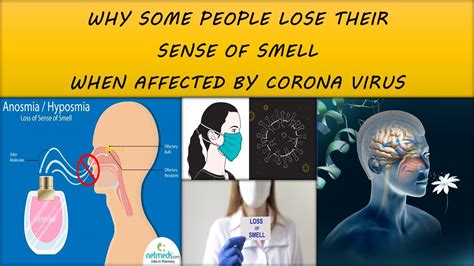Authors: Endang Mutiawati, Conceptualization, Data Curation, Resources, Validation, Writing – Original Draft Preparation, Writing – Review & Editing,a,1,2Marhami Fahriani, Conceptualization, Data Curation, Investigation, Methodology, Validation, Writing – Original Draft Preparation, Writing – Review & Editing,3Sukamto S. Mamada, Data Curation, Investigation, Validation, Writing – Review & Editing,4Jonny Karunia Fajar, Conceptualization, Formal Analysis, Investigation, Methodology, Writing – Review & Editing,3,5Andri Frediansyah, Data Curation, Investigation, Writing – Original Draft Preparation, Writing – Review & Editing,6Helnida Anggun Maliga, Data Curation, Investigation, Validation, Writing – Review & Editing,7Muhammad Ilmawan, Data Curation, Investigation, Validation, Writing – Review & Editing,7Talha Bin Emran, Validation, Writing – Review & Editing,8Youdiil Ophinni, Investigation, Validation, Writing – Review & Editing,9Ichsan Ichsan, Validation, Writing – Review & Editing,3,10Nasrul Musadir, Validation, Writing – Review & Editing,1,2Ali A. Rabaan, Validation, Writing – Review & Editing,11Kuldeep Dhama, Supervision, Validation, Writing – Review & Editing,12Syahrul Syahrul, Supervision, Validation, Writing – Review & Editing,1,2Firzan Nainu, Data Curation, Investigation, Supervision, Validation, Writing – Review & Editing,4 and Harapan aPreparation, Writing – Review & Editing3,10,13
Abstract
Background: The present study aimed to determine the global prevalence of anosmia and dysgeusia in coronavirus disease 2019 (COVID-19) patients and to assess their association with severity and mortality of COVID-19. Moreover, this study aimed to discuss the possible pathobiological mechanisms of anosmia and dysgeusia in COVID-19.
Methods: Available articles from PubMed, Scopus, Web of Science, and preprint databases (MedRxiv, BioRxiv, and Researchsquare) were searched on November 10th, 2020. Data on the characteristics of the study (anosmia, dysgeusia, and COVID-19) were extracted following the Preferred Reporting Items for Systematic Reviews and Meta-Analyses (PRISMA) guideline. Newcastle–Ottawa scale was used to assess research quality. Moreover, the pooled prevalence of anosmia and dysgeusia were calculated, and the association between anosmia and dysgeusia in presence of severe acute respiratory syndrome coronavirus 2 (SARS-CoV-2) was assessed using the Z test.
Results: Out of 32,142 COVID-19 patients from 107 studies, anosmia was reported in 12,038 patients with a prevalence of 38.2% (95% CI: 36.5%, 47.2%); whereas, dysgeusia was reported in 11,337 patients out of 30,901 COVID-19 patients from 101 studies, with prevalence of 36.6% (95% CI: 35.2%, 45.2%), worldwide. Furthermore, the prevalence of anosmia was 10.2-fold higher (OR: 10.21; 95% CI: 6.53, 15.96, p < 0.001) and that of dysgeusia was 8.6-fold higher (OR: 8.61; 95% CI: 5.26, 14.11, p < 0.001) in COVID-19 patients compared to those with other respiratory infections or COVID-19 like illness. To date, no study has assessed the association of anosmia and dysgeusia with severity and mortality of COVID-19.
Conclusion: Anosmia and dysgeusia are prevalent in COVID-19 patients compared to those with the other non-COVID-19 respiratory infections. Several possible mechanisms have been hypothesized; however, future studies are warranted to elucidate the definitive mechanisms of anosmia and dysgeusia in COVID-19.
For More Information: https://www.ncbi.nlm.nih.gov/pmc/articles/PMC7993408/
